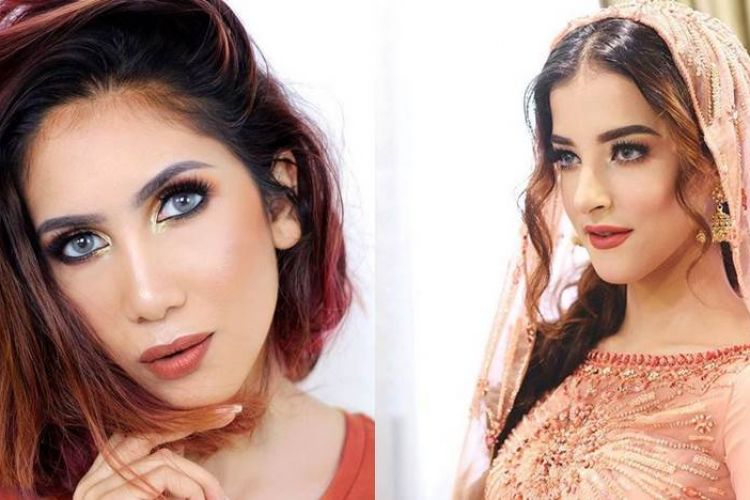Youtube is a type of social media that grows rapidly in the 4.0 industrial revolution. This media is widely used by various parties as means of creativity, communication, entertainment, social, business, and information, ideas, thoughts delivery about anything considered beneficial for many people.
Beauty vlogger is one of the parties using Youtube social media. Beauty vlogger makes video content on Youtube containing all information about the world of beauty. Beauty vloggers generally have a very large millennial audience base.
This young generation, aged between 15 – 35 years old, is 2/3 of the main users and most often visits Youtube, they watch Youtube more than watching television. The interaction between beauty vlogger with the audience is referred as parasocial interaction (PSI). Therefore, it is interesting to study the antecedents and consequences of parasocial interactions between Youtube beauty vlogger and the audience, the millennial women.
Parasocial Interaction (PSI)
PSI is a concept that is generally studied in the fields of psychology and business communication. This concept refers to the relationships that can be formed and developed between media users (viewers) and media figures (in this case beauty vloggers). In principle, PSI is an imaginary social relationship. The relationship is considered a “friendship” between media figures and audience, where viewers seek and listen to advice from beauty vloggers as if they were close friends.
PSI is one-way, meaning that on every video on YouTube there are features in the form of “likes”, “dislikes”, ” shared”, and “comments” so as to allow a one-way relationship between beauty vloggers with their viewers. Through the facilities provided by YouTube, beauty vloggers can understand what their audience wants and still be able to control the relationship, and viewers can also provide feedback, input, support, criticism and suggestions to beauty vloggers, although not all the feedback they provide will be read or replied by beauty vlogger.
This research was conducted using a quantitative research approach, namely by conducting a survey through the distribution of questionnaires to 181 millennial women. The analysis technique used in this study is Structural Equation Modeling with SmartPLS software.
The results of the analysis showed that social attractiveness, physical attractiveness, attitude homophily, and expertise variables influence the formation of parasocial interactions between beauty vloggers and the audience. For cosmetics producers, the existence of a well-established parasocial interaction between beauty vloggers and the audience is what they want, because with good social interactions the audience’s attention to cosmetic products demonstrated will also be high.
From the results of this study, it was found that what form a good social interaction between beauty vlogger and audience are social attraction and physical attraction of beauty vlogger, closeness or similarity between audience and beauty vlogger (homophily), and expertise possessed by the beauty vlogger.
As a result of good social interaction between beauty vloggers and the audience, there is willingness of millennials to share information about beauty vloggers and cosmetics demonstrated or revealed to friends, colleagues, and relatives.
In addition to positive word of mouth, it will also cause positive perception from the audience of the brand that best describes themselves, and its impact on the millennial generation’s intention to buy cosmetic products demonstrated by the beauty vlogger.
In the end, the implications of the results of this research are expected to contribute to the development of marketing management literature, especially marketing communications based on YouTube’s social media. It is also hoped that the results of this study can be utilized by cosmetics business people who target millennial women as their target market. (*)
Author: Tanti Handriana
Details of the research available at
https://www.ijicc.net/images/vol9iss8/9813_Handriana_2019_E_R.pdf





